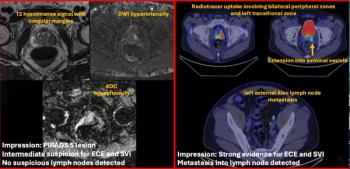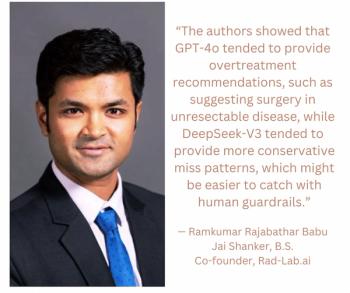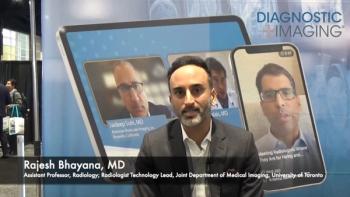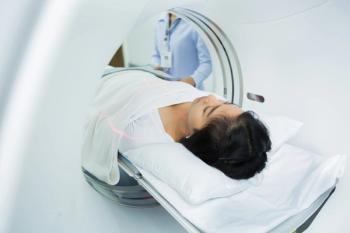FDA Clears Plaque Assessment Software for Coronary CT Angiography
The AI-powered cvi42 | Plaque software enables adjunctive on-site interpretation of coronary CT angiography (CCTA) scans for plaque quantification.
The Food and Drug Administration (FDA) has granted 510(k) clearance for cvi42 | Plaque, an artificial intelligence (AI) software that provides adjunctive on-site analysis of plaque based on coronary computed tomography angiography (CCTA) scans.
Facilitating risk stratification and personalized treatment,
Additionally, the company maintained that the ability to perform on-site interpretation of the adjunctive software findings with cvi42 | Plaque allows imaging centers to retain the majority of the reimbursement for utilizing the adjunctive software as opposed to using other software that requires external review for results.
In addition to payment for the CCTA exam, Circle Cardiovascular Imaging noted that AI-enabled assessment of coronary plaque enables reimbursement with the Category III CPT 0625T code. The company added that a new Category I CPT code (75XX6) will replace current Category III CPT codes for AI-enabled coronary plaque assessment in 2026.
“The clearance of cvi42 | Plaque marks a significant advancement for cardiology departments and imaging centers,” stated Erkan Akyuz, the CEO of Circle CVI. “As a secure, on-premise solution, it allows for the evaluation of coronary artery disease without the need to send patient data to an external reading service. This provides clinicians with greater control over their data, improved study processing times, and enhanced workflow efficiency.”
Newsletter
Stay at the forefront of radiology with the Diagnostic Imaging newsletter, delivering the latest news, clinical insights, and imaging advancements for today’s radiologists.





























